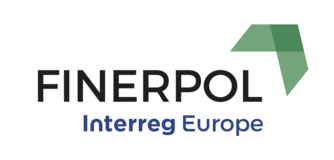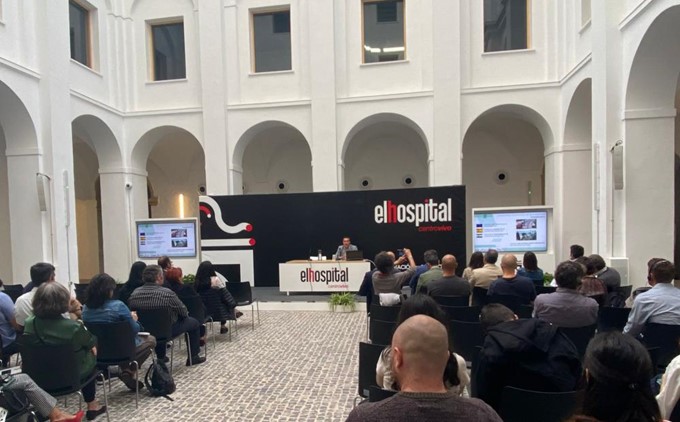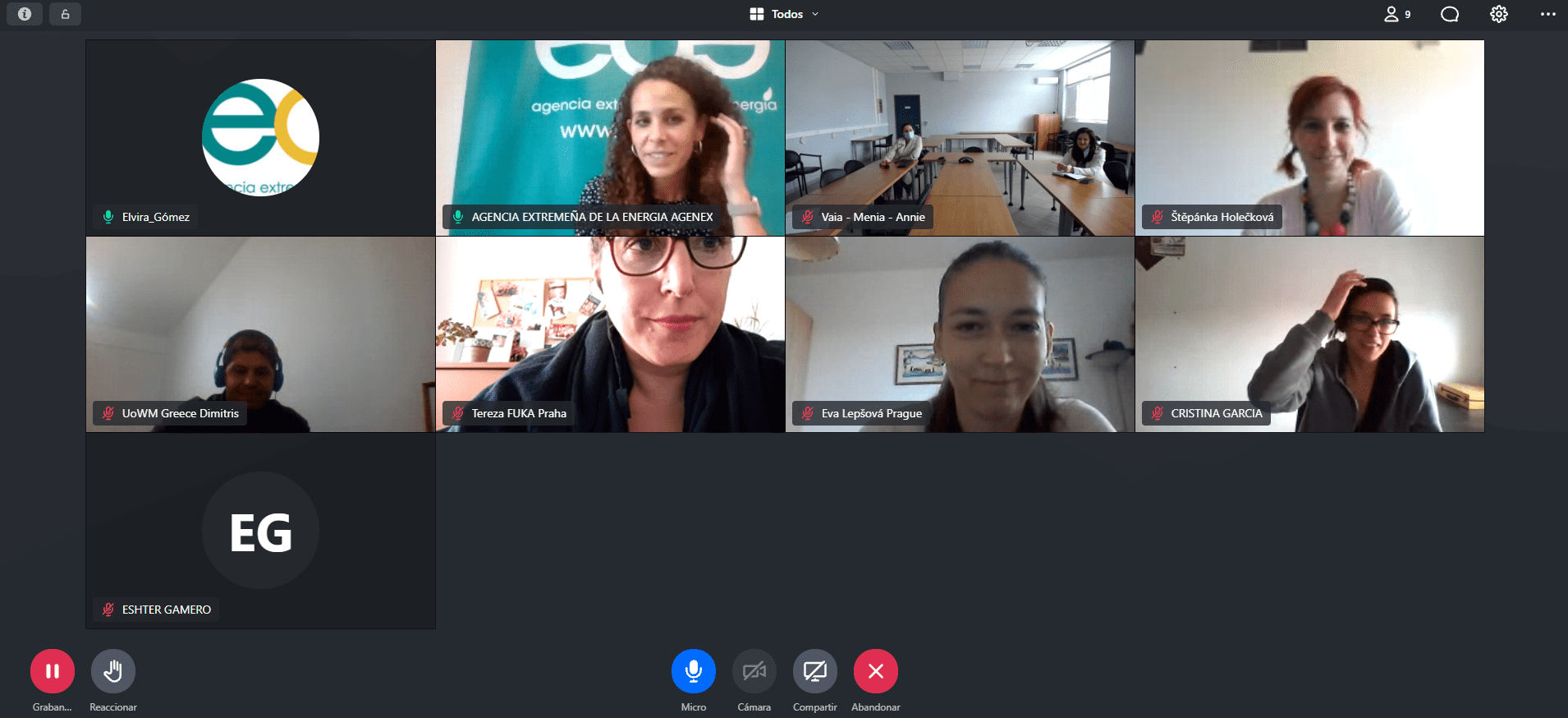As indicated by the activities of the communication and dissemination of the FINERPOL project, project partners have developed several actions in order to give more visibility and dissemination to the project.
Main impacts:
- Nº of appearances in media: 28
- Nº of other appearances: 14
- Nº of TV appearances: 2
- Nº of people in the communications events: 124
- Nº stakeholders in learning activities: 65
- Nº web sessions: 74 (August-September 2016)
- Nº web users : 66 (September 2016)
A Press clipping with a compilation of these activities and news is available to be downloaded here.









